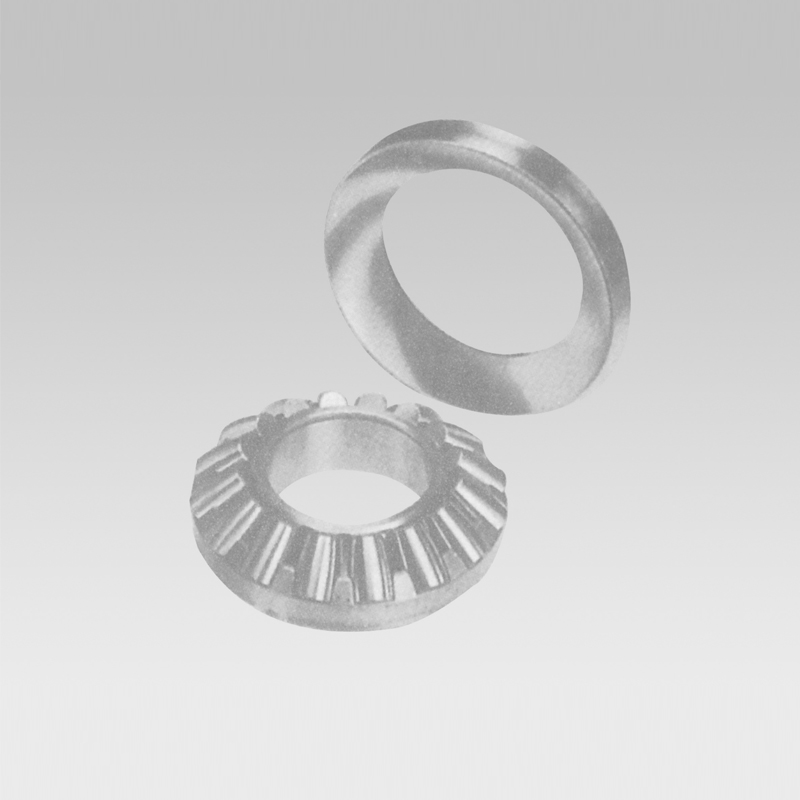
Sep . 18, 2024 18:32 Back to list
axial spherical roller bearing
Axial Spherical Roller Bearings A Comprehensive Overview
Axial spherical roller bearings are specialized components designed to accommodate both axial and radial loads simultaneously. These bearings play a crucial role in various applications, particularly in heavy machinery, automotive, and industrial equipment, where high load capacity and reliability are essential.
Design and Structure
Axial spherical roller bearings consist of an inner ring, an outer ring, and spherical rollers that allow for angular misalignment. Unlike conventional roller bearings, the unique design of axial spherical roller bearings enables them to support axial loads in one direction while still accommodating radial loads. This is primarily due to the spherical shape of the rollers and the configuration of the raceways. The rollers are positioned between the inner and outer rings, and their orientation allows for efficient load distribution.
The inner ring is typically designed to fit onto a shaft, while the outer ring is fixed within a housing. One of the key characteristics of these bearings is their ability to handle misalignment, which is particularly beneficial in industries where equipment may not be perfectly aligned during operation. This feature extends the lifespan of the bearings and reduces the risk of premature failure.
Applications
Axial spherical roller bearings are widely used in applications where both axial and radial forces are present. They are commonly found in wind turbines, marine propellers, and mining equipment. In wind turbines, for instance, these bearings support the rotor shafts, which are exposed to fluctuating loads and variable orientations. Similarly, in marine applications, where conditions can change rapidly, the reliability and robustness of axial spherical roller bearings ensure optimal performance.
axial spherical roller bearing

In the automotive industry, these bearings are used in gearboxes and differential units, where they help maintain the stability and efficiency of transmission systems. By effectively managing both types of loads, these bearings contribute to smoother operation and enhanced durability of the vehicle components.
Advantages
The advantages of axial spherical roller bearings extend beyond their load-bearing capabilities. Their self-aligning feature allows for easier installation and maintenance since they can tolerate angular misalignments without extensive adjustments. This not only reduces downtime but also minimizes maintenance costs over the bearing's operational life.
Moreover, these bearings are designed to operate effectively in harsh environments, making them suitable for heavy-duty applications. Their ability to endure extreme temperatures, moisture, and contamination is vital in ensuring their reliability and performance.
Conclusion
In conclusion, axial spherical roller bearings are essential components in a wide range of industrial applications. Their unique design allows them to support both axial and radial loads, making them suitable for various challenging environments. With advantages such as self-alignment, high load capacity, and durability under extreme conditions, these bearings continue to play a pivotal role in enhancing the efficiency and reliability of machinery across many sectors. As industries evolve and demand for higher performance components increases, the significance of axial spherical roller bearings will undoubtedly continue to grow.
Latest news
-
Premium Deep Groove Ball Bearings | High Speed & Reliability
NewsAug.29,2025
-
Durable Scaffolding Clamps - Secure & Reliable Tube Connectors
NewsAug.28,2025
-
Common Failures in Thrust Ball Bearings and Solutions
NewsAug.22,2025
-
How Tapered Roller Bearings Can Take Shock Loads
NewsAug.22,2025
-
Angular Bearings in High-Precision Spindles
NewsAug.22,2025
-
The Impact of Misalignment on Cylindrical Roller Bearing Performance
NewsAug.22,2025
